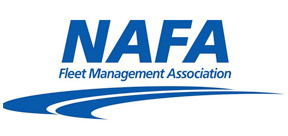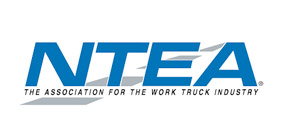Leaving a lifeline: Vancouver Fire Department distribute overdose prevention kits

The Vancouver, Wash., Fire Department is committed to combating the opioid crisis. With an increase in opioid-related emergency calls, the VFD joined the Washington State Board of Health’s Overdose Education and Naloxone Distribution Program, which distributes overdose prevention kits to anyone who receives overdose treatment from the city’s first responders.
According to VFD Emergency Management Services Division Chief Robb Milano, the VFD found that there is a high probability that once a patient is revived with paramedic-administered Narcan, the patient will seek another opioid within the first few hours.
“By leaving Narcan with these patients, they have another option for reversal of the deadly effects of opioids,” he said.
A growing problem
According to the WA DOH, “Naloxone (Narcan) is a medication that can save lives by reversing the effects of an opioid overdose,” including heroin, fentanyl, methadone, and more. Narcan may be given to someone as an injection or through a nasal spray and should be carried by anyone who uses drugs, has a friend or family member who uses drugs, or regularly interacts with those who use drugs. The latter category includes emergency personnel and first responders.
Milano said that the number of emergency calls his department has responded to has skyrocketed with the current opioid crisis. VFD crews administered Narcan 342 times in 2022 and 583 times in 2023. He believes that providing an easy-to-use reliable kit to those at risk will ultimately save more lives.
In 2015, the state of Washington passed a law (RCW 96.41.095) that allows any person to receive and administer Narcan while also protecting the administrator from criminal/civil liability or any disciplinary action, provided that they are acting in good faith and with reasonable care. Utilizing this law in coordination with the WA DOH leave-at-home Narcan program, the VFD could start the program citywide. The WA DOH provides the kits free of charge to the VFD, and once a month, the VFD reports how many kits it has used.
“WA DOH replaces them on a 1:1 basis,” Milano said.
A good start
Since May 1, Narcan leave-at-home kits have been added to all the VFD’s vehicular equipment, and Milano said the program is going well. There has been a small decrease in the number of multiple responses the department makes to the same patient since the program was implemented, and from May 1 to July 18, it has distributed 111 kits.
Although anyone under the RCW can possess and administer Narcan, not everyone has the ability to leave doses behind for future prevention. At the present time, the Vancouver Police Department carries Narcan for administration but does not distribute leave-at-home kits. However, the city’s Homeless Assistance and Response Team has been accepted into the WA DOH program and will help combat the crisis as well.
Overdose deaths in the homeless/unsheltered populations were a key factor in the city’s declaration of a state of emergency in November 2023. From January through April of this year, the VFD responded to 696 medical/EMS calls related to homelessness, and although not every death can be attributed to opioid overdose, 18 community members have died since December 2023, which represents a 50% increase over the previous year.
“The program adds an additional line of defense to the opioid epidemic,” Milano said. “Our next step will be rolling out medication-assisted treatment (MAT), with our paramedics administering buprenorphine to patients to help with withdrawal symptoms while they engage in recovery. Narcan administration puts the patient into a withdrawal or ‘dope sick’ state, and the patient just wants to seek more opioids. Our hope with buprenorphine will be to lessen the withdrawal effects, therefore helping more patients find recovery.”
Standing order to dispense Naloxone HCl
According to the WA DOH, pharmacies and other entities can deliver naloxone products — injectables and nasal spray — to eligible persons and entities based on need and preference. Eligible persons include persons at risk of experiencing an opioid-related overdose or persons or entities in a position to aid those experiencing an opioid-related overdose. This includes anyone who may witness an opioid overdose and understands the instructions for use.
Those who should carry Naloxone include those who use drugs, friends or family members of those who use drugs, such as fentanyl, heroine and methadone, and those like service providers and emergency personnel who interact with those who use drugs.
Next Article: Free dumping days encourage community pride



